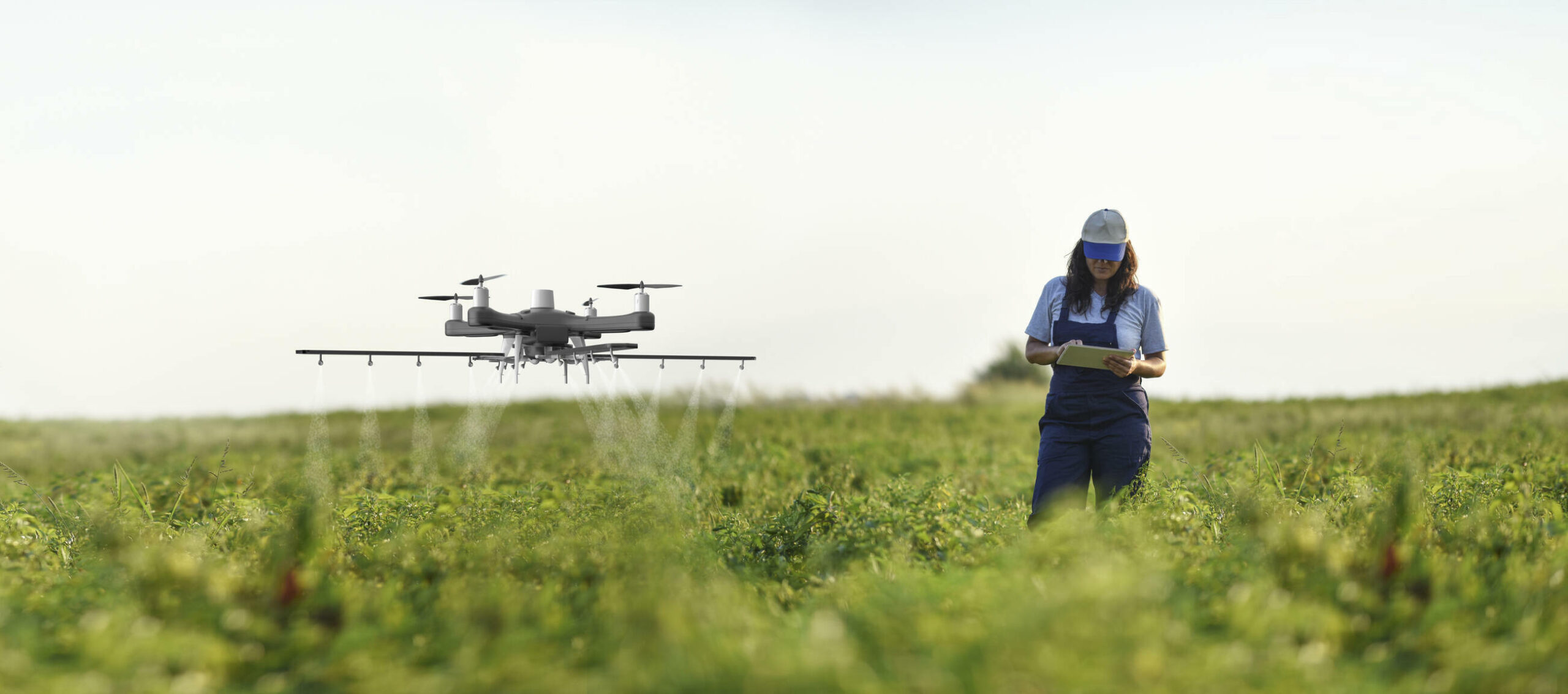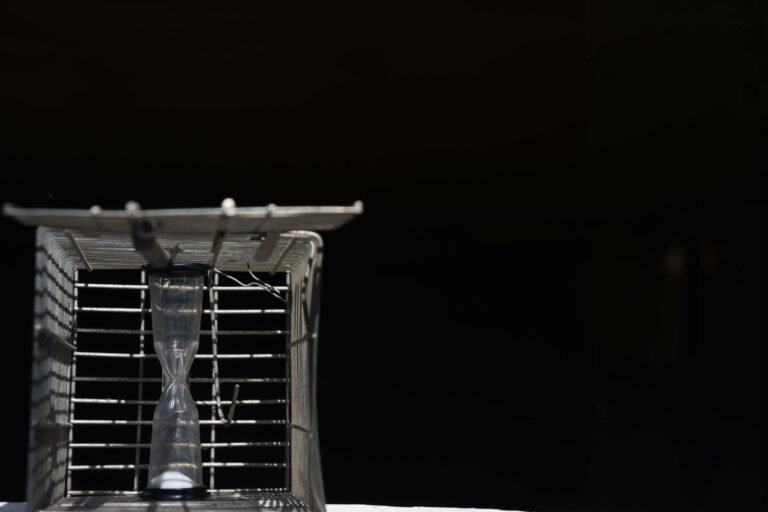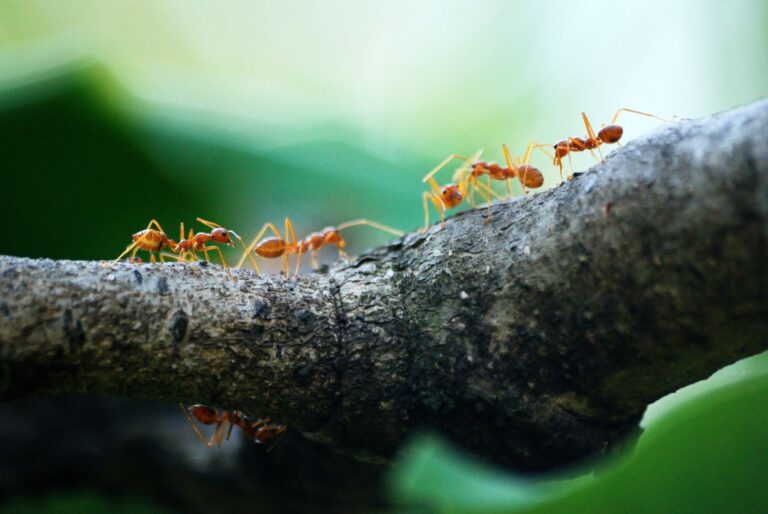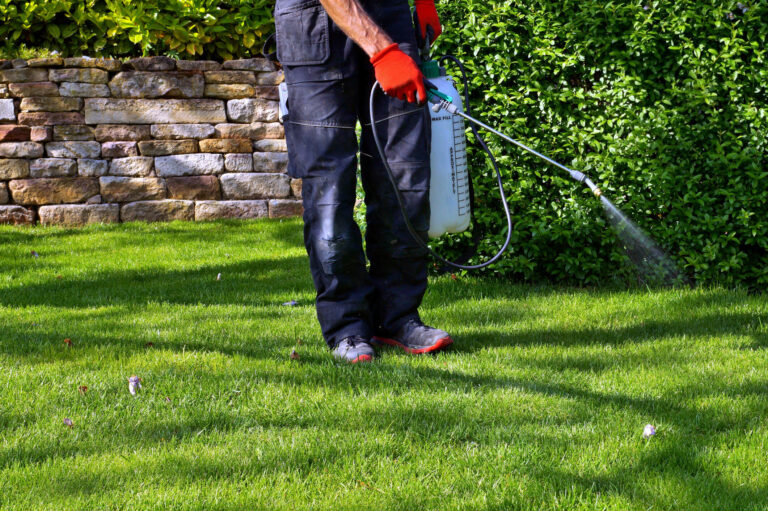The Future of Pest Control: Technological Advances in the Industry
Are you tired of dealing with those pesky critters invading your space? Well, fear not! The future of pest control is here, and it’s brimming with cutting-edge technological advancements.
From remote monitoring and surveillance systems to AI-powered pest detection, these innovations are revolutionizing the industry and making pest control more efficient than ever before.
Drones are being used for targeted pest control, while automated trapping and baiting devices are taking the guesswork out of getting rid of unwanted guests.
With smart home integration and data-driven pest management solutions, preventing pests from entering your home is becoming a breeze. And let’s not forget about genetic modification, which is helping create pest-resistant crops.
The future of pest control is bright, and these technological advances are paving the way for a pest-free world.
Remote Monitoring and Surveillance Systems
With remote monitoring and surveillance systems, you can now actively monitor and control pest infestations from anywhere. These advanced systems utilize cutting-edge technology to provide real-time data and alerts about pest activity in your home or business. By installing sensors and cameras in strategic locations, you gain a comprehensive view of the situation and can take immediate action when necessary. Whether it’s rodents, insects, or other pests, these systems allow you to stay one step ahead and prevent infestations before they become a major problem.
The remote monitoring and surveillance systems offer a range of features to make pest control more efficient and effective. For example, you can receive notifications on your smartphone or computer whenever there’s unusual pest activity detected. This allows you to respond promptly and deploy appropriate measures to eliminate the pests. Additionally, some systems even offer the ability to remotely control devices such as traps or automated pest deterrents. This means you can activate or deactivate these devices as needed, without having to be physically present at the location.
Furthermore, these systems provide valuable insights and analytics that help you understand patterns and trends in pest behavior. By analyzing the data collected, you can identify potential entry points, breeding grounds, or other factors that contribute to pest infestations. Armed with this knowledge, you can implement targeted strategies to address the root causes and prevent future infestations.
Ai-Powered Pest Detection and Identification
By harnessing the power of artificial intelligence (AI), you can now easily detect and identify pests with precision and efficiency. AI-powered pest detection and identification systems utilize advanced algorithms and machine learning techniques to analyze data and recognize patterns that are indicative of pest presence. These systems can process large amounts of data in real-time, allowing for quick and accurate identification of pests.
Through the use of image recognition technology, AI can analyze images of pests and match them to a vast database of known pests, enabling rapid identification. Additionally, AI-powered pest detection systems can utilize audio sensors to detect sounds or vibrations that pests produce, such as the movement of rodents or the buzzing of insects. This technology can help identify the specific pest species and their location within a property, allowing for targeted and effective pest control measures.
With AI-powered pest detection and identification, the pest control industry is revolutionized, providing professionals with the tools they need to efficiently and effectively combat pest infestations.
Drones for Targeted Pest Control
Harnessing the power of drones, you can now employ targeted pest control methods to effectively combat infestations. Drones have revolutionized the pest control industry by providing a more efficient and precise approach to dealing with pests. These unmanned aerial vehicles can reach areas that are difficult to access, making them ideal for targeting pests in hard-to-reach places.
One of the key advantages of using drones for pest control is their ability to identify and treat specific problem areas. Equipped with advanced sensors and cameras, drones can detect signs of infestation, such as nests or hives, with great accuracy. This allows for targeted treatment, minimizing the use of pesticides and reducing the impact on the environment.
In addition to detection, drones can also deliver targeted treatments directly to the affected areas. By accurately spraying pesticides or releasing beneficial insects, drones can effectively control pests without affecting non-target organisms. This targeted approach not only reduces pesticide usage but also ensures that the treatment is concentrated on the areas where it’s needed the most.
Furthermore, drones can be programmed to autonomously patrol and monitor areas for signs of pests. This continuous surveillance allows for early detection and swift action, preventing infestations from spreading and causing further damage.
Automated Trapping and Baiting Devices
To enhance your pest control efforts, you can now utilize automated trapping and baiting devices, which offer a more efficient and precise approach to combating infestations. These devices use advanced technology to detect and capture pests, reducing the need for manual monitoring and intervention.
Automated traps are equipped with sensors that detect the presence of pests and trigger the capture mechanism, ensuring timely and effective trapping. Baiting devices, on the other hand, dispense bait at specified intervals, attracting pests and luring them into the trap. This targeted approach minimizes the use of harmful chemicals and reduces the risk to non-targeted species.
One of the key advantages of automated trapping and baiting devices is their ability to continuously monitor and collect data. These devices can be connected to a central monitoring system, allowing for real-time monitoring and analysis of pest activity. This data-driven approach enables you to make informed decisions and take proactive measures to prevent infestations before they become widespread.
Additionally, automated devices can be programmed to send alerts when pest activity reaches a certain threshold, ensuring that you’re promptly notified of any potential issues.
Smart Home Integration for Pest Prevention
Utilize smart home integration to enhance your pest prevention efforts. With the advancement of technology, it’s now possible to integrate smart home devices into your pest control strategy. These devices can help you monitor and prevent pest infestations more efficiently and effectively.
One way to utilize smart home integration is by installing smart sensors or cameras around your property. These devices can detect the presence of pests and send you real-time alerts on your smartphone. This allows you to take immediate action and prevent the infestation from spreading.
Another way to enhance your pest prevention efforts is by using smart traps. These traps can be connected to your smart home system and notify you when they’ve caught a pest. You can then dispose of the trapped pest and reset the trap for future use.
Smart home integration also allows you to automate pest control measures. For example, you can set up a schedule for your pest control devices to activate at specific times. This ensures that your property is continuously protected against pests, even when you aren’t home.
In addition to monitoring and trapping pests, smart home integration can also help you address the root causes of infestations. For instance, you can connect your smart irrigation system to your pest control devices. This allows you to control the moisture levels in your garden, which can help deter pests that thrive in damp environments.
Data-Driven Pest Management Solutions
Use data analytics to optimize your pest management strategies. With the advancement of technology, pest control companies now have access to vast amounts of data that can be used to improve their pest management techniques. By analyzing this data, you can gain valuable insights into pest behavior patterns, identify high-risk areas, and develop targeted treatment plans.
One of the main advantages of data-driven pest management is its ability to provide proactive solutions. Instead of waiting for an infestation to occur, you can use historical data to predict when and where pests are likely to strike next. This allows you to take preventive measures in advance, minimizing the risk of an infestation and reducing the need for reactive treatments.
Furthermore, data analytics can help you track the effectiveness of your pest control strategies. By monitoring key performance indicators such as the number of pests caught, the success rate of treatments, and customer satisfaction levels, you can identify areas for improvement and make data-backed decisions to optimize your pest management approach.
In addition, data-driven pest management can also enhance sustainability efforts. By analyzing data on pest populations and their behavior, you can minimize the use of chemical pesticides and adopt more environmentally friendly alternatives, reducing the impact on the ecosystem.
Genetic Modification for Pest Resistance
How can genetic modification be used to enhance pest resistance in the industry?
Genetic modification is a cutting-edge technology that holds great potential for improving pest resistance in crops. By introducing specific genes into plants, scientists can enhance their ability to defend against pests. This involves identifying the genes responsible for natural pest resistance in certain plants and transferring them to other crops. The result is genetically modified organisms (GMOs) that are more resistant to pests, reducing the need for chemical pesticides.
Genetic modification offers several advantages in pest control. Firstly, it allows for targeted pest resistance, meaning that specific pests can be targeted without harming beneficial insects or the environment. Additionally, GMOs can reduce crop losses and increase yields, ensuring food security. Farmers may also benefit from reduced pesticide use, leading to cost savings and decreased environmental impact.
However, it’s important to carefully consider the potential risks and ethical concerns associated with genetic modification. Strict regulations and rigorous testing are necessary to ensure the safety of GMOs and protect biodiversity.
Envisioning Tomorrow: The Promising Future of Pest Control Through Technological Innovations
In conclusion, the future of pest control looks promising with the advent of technological advancements.
Remote monitoring and surveillance systems, AI-powered pest detection, and drones for targeted control are just a few examples of how technology is revolutionizing the industry.
Automated trapping and baiting devices, smart home integration, and data-driven pest management solutions further enhance our ability to prevent and control pest infestations.
Additionally, genetic modification holds the potential for developing pest-resistant crops.
With these advancements, we can expect more efficient and effective pest control methods in the future.







